More access of micro credit for Vietnamese lower income people
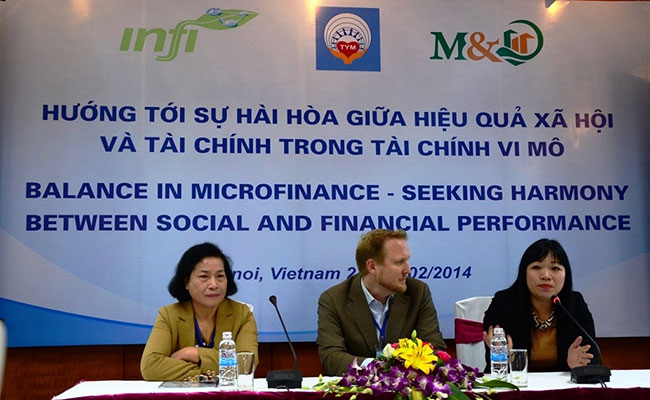
The microfinance sector in Vietnam is still developing at a healthy pace. Not only is the sector still growing, but the microfinance institutions of Vietnam are increasingly looking for better ways to reach marginalized and poor communities.
According to Sebastian Dinjens, director of INFI, an exchange network or microfinance professional across the Asia, the sector is looking for ways to reach more clients that may be difficult to access.
“But to be able to do that, they need to professionalize more on Social Performance Management, and design their products to fit specifically with the needs of marginalized people,” said Dinjens.
Dinjens was speaking at the conference “Balance in microfinance - seeking harmony between social and financial performance” held on February 24 in Hanoi, aims to equip the development projects and microfinance institutions with Social Performance Management and seeking for the balance in their microfinance practice.
The Social Performance Management Standards respond to an industry concern that institutions have lost focus on their clients.
Most institutions claim to improve client welfare, but for the last two decades many institutions have focused more on financial sustainability than on the needs of clients. Many of these institutions are driven by financial outcomes because they only manage financial performance.
Institutions with a social purpose must also manage their social performance. By defining and promoting strong SPM, these Standards contribute to refocusing institutions on the client.
Therefore, the introduction and applying of SPM is a solution for these issues.
INFI is an exchange network for microfinance professionals across Asia. The initiative was started by international organization MCNV that has been working in development in Vietnam for 45 years.
There is a lot of experience in Vietnam and across Asia on how to reach marginalized groups more effectively. The key is to get that expertise from all over the world and use it to enrich the Vietnamese microfinance sector.
Many of the organisations in Vietnam are working with people with a low level of education, sometimes even not entirely literate.
These groups often live in rural areas where agriculture is the main market. Increasing trade with other countries is creating many opportunities, but these people lack the capital to produce on a scale that can serve the market.
Dinjens explains that what he often sees is that these people are very able to manage their finances on a small scale.
“They spend, produce and save money just like anybody, and often can create a regular income to help them survive. But what they are able to save is often not enough to invest in their own business. This is where microfinance services can help. By giving these people a loan for their business, they can invest to grow their business without too much risk. But it requires microfinance organizations to be knowledgeable about the needs of their clients, and willing to invest in the small businesses of rural Vietnamese,” he said.
What the stars mean:
★ Poor ★ ★ Promising ★★★ Good ★★★★ Very good ★★★★★ Exceptional
Latest News
More News
- HDBank in triple victory at listed company awards (November 25, 2024 | 11:38)
- Malaysia's Solarvest and Finhero launch first solar financing fintech solution in Vietnam (November 22, 2024 | 19:50)
- SHB honoured at VLCAs for fourth time (November 22, 2024 | 19:08)
- Central Bank of Cuba chief visits Hanoi to work with VBSP (November 22, 2024 | 15:49)
- Credit sees steady growth towards year-end (November 21, 2024 | 17:46)
- HDBank wins three titles at Vietnam Listed Company Awards (November 21, 2024 | 10:01)
- VLCA’s corporate governance mission (November 21, 2024 | 10:00)
- The promotion of ESG via banking (November 21, 2024 | 09:32)
- Standard Chartered committed to Vietnam’s financial success (November 21, 2024 | 09:24)
- Full ESG adoption the priority for Agribank (November 21, 2024 | 09:07)




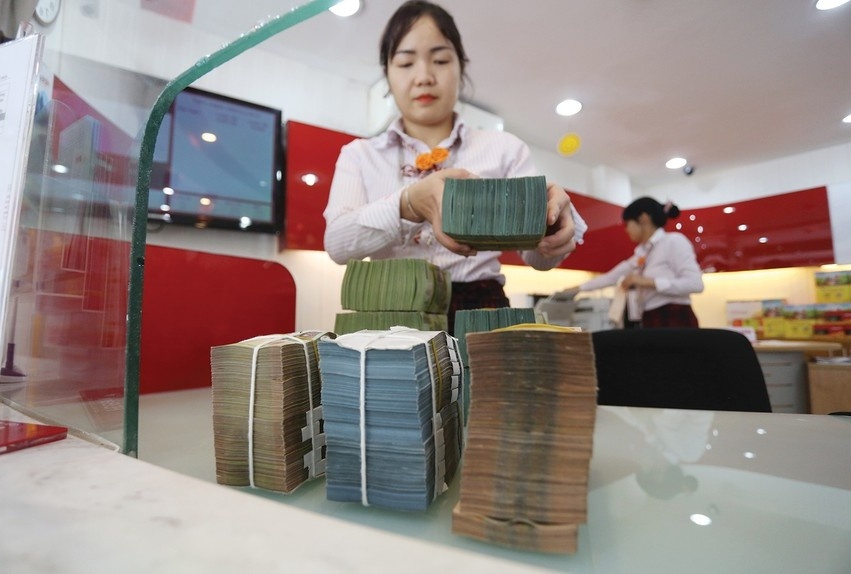
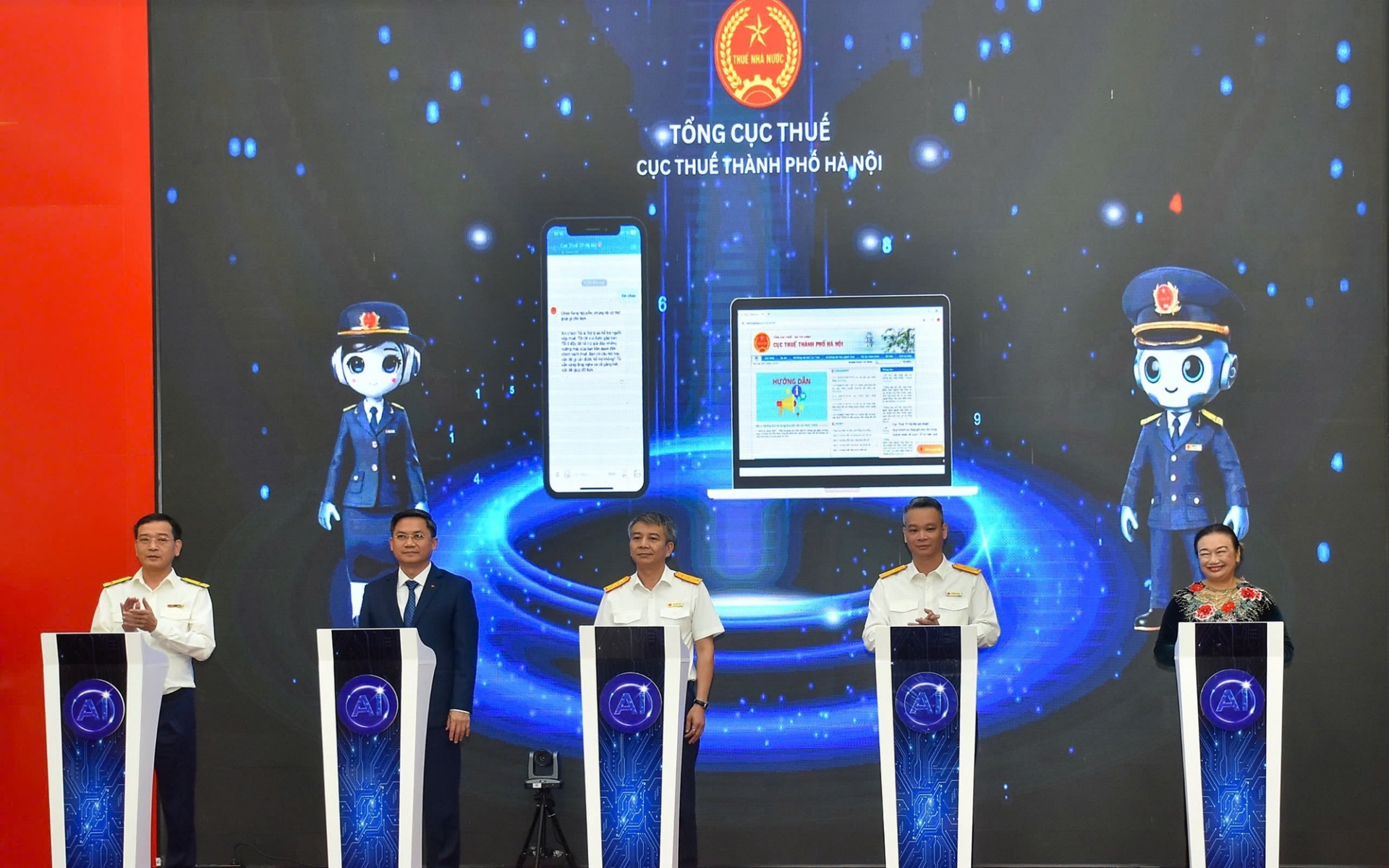
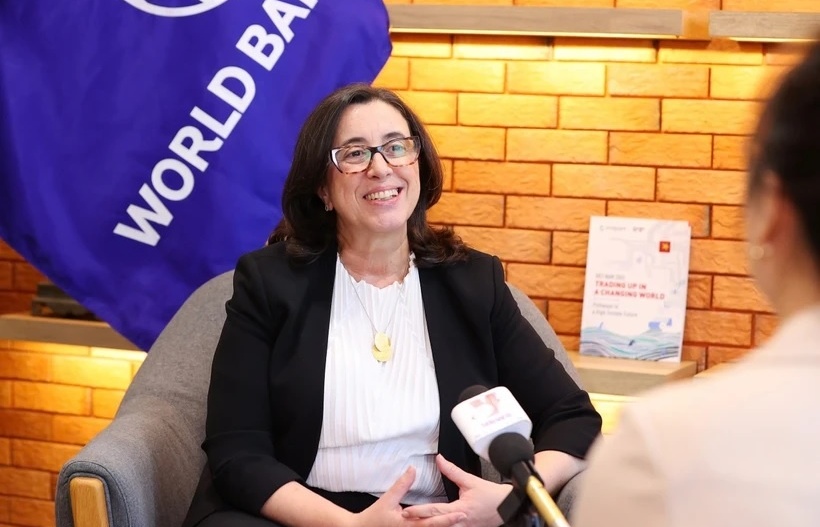
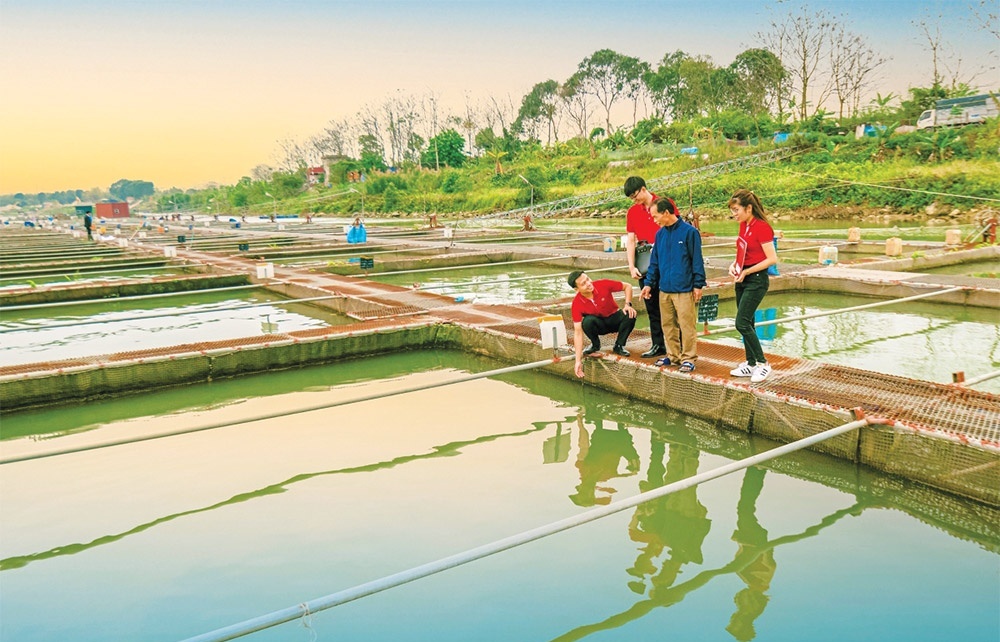
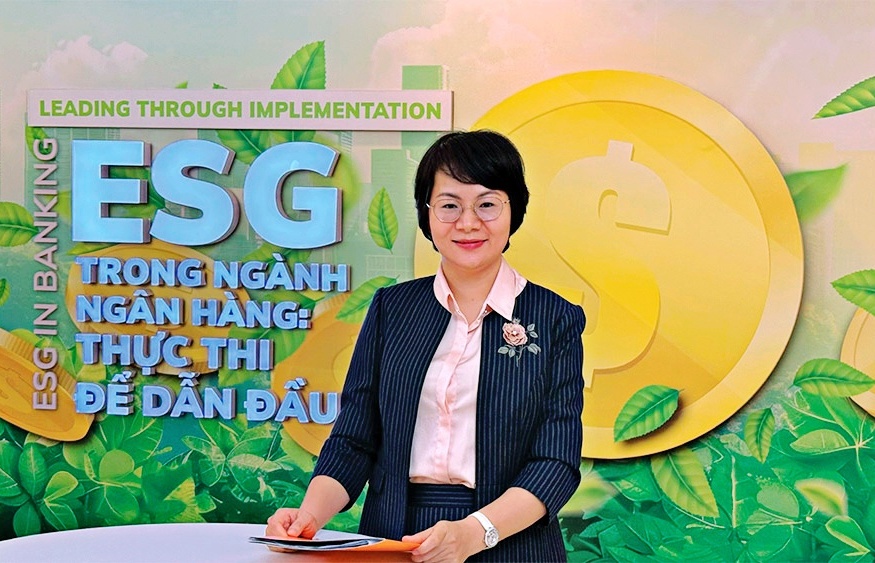




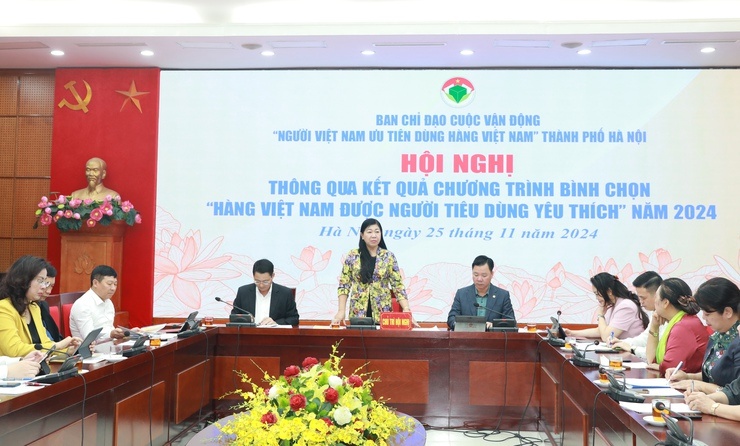




 Mobile Version
Mobile Version